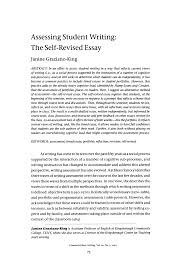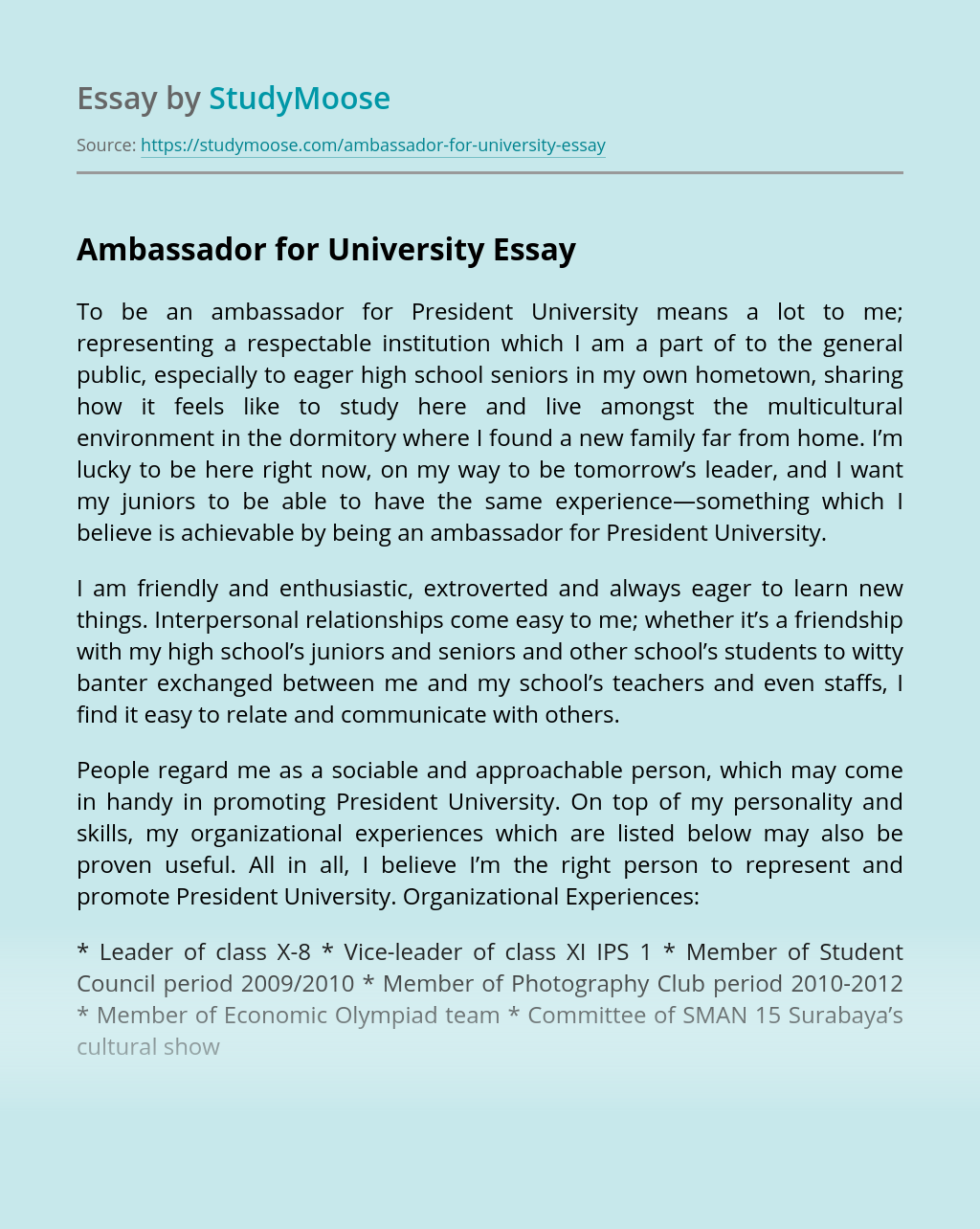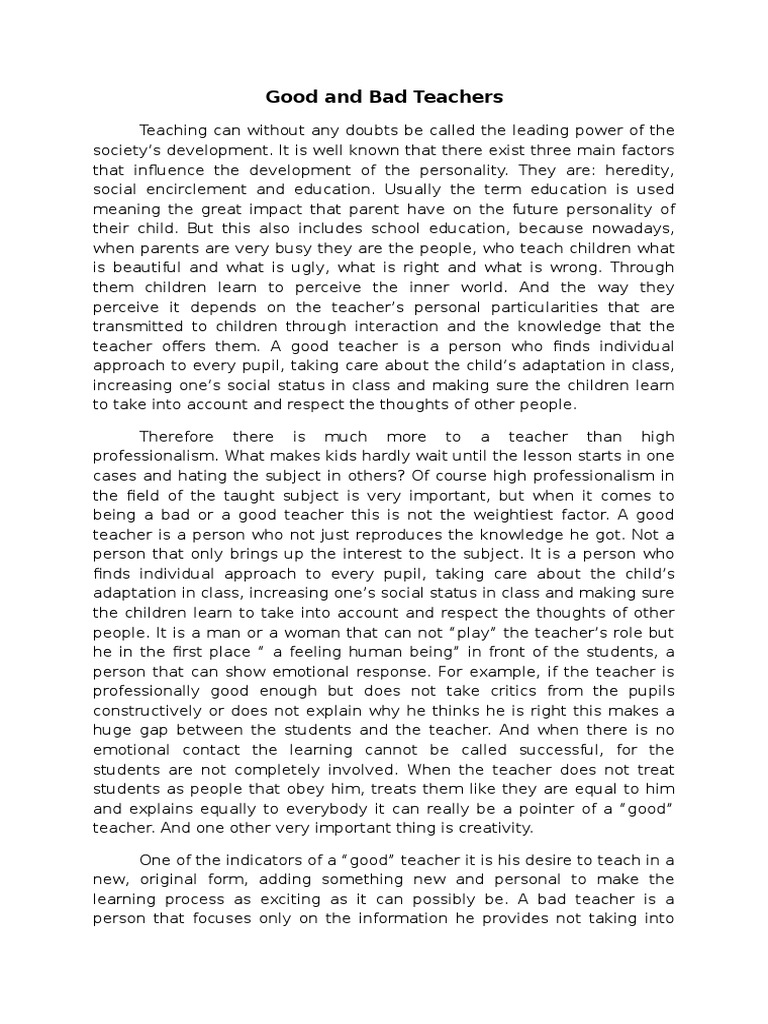Managing academic credits and developing a plan for the next academic year are among the most important tasks that a student faces in this pandemic. While most institutions have core applications to aid students, fewer than half offer technologies that recommend courses and degree programs. Although such technologies are not widely used, the majority of students who have tried them find them extremely helpful. In addition to facilitating student management, they also offer a wide range of other benefits.
Learning analytics
With a growing student attrition rate, a critical component of higher education is finding effective ways to retain students. Fortunately, learning analytics can play a key role in this effort. For example, Purdue University recently launched a new analytics system called Course Signals, which uses the student’s Blackboard LMS to predict which students will need extra support and intervene to keep them on track.
The use of predictive analytics is becoming more common in LA, and the techniques used in developing these models are increasingly being used to create dashboards for organizations. One study on early warning systems revealed that organizations should move beyond the ‘old-fashioned’ dashboards. Building highly accurate predictive models, however, requires significant technical expertise. This is particularly true when it comes to human behavior, as the problem is not deterministic and requires generic predictive models.
Adaptive learning tools
In this global epidemic of education, one of the most pressing challenges is providing adequate, quality educational experiences. Adaptive learning tools help students succeed by allowing teachers to modify content, deliver personalized feedback, and track student progress. In addition, these tools can scale their instruction to meet the needs of different learners. Adaptive learning tools allow educators to tailor their lessons to individual needs, whether they be asynchronous or synchronous.
Adaptive learning systems use machine-learning technologies to determine student needs and learning styles. They take into account a student’s preferences and abilities and adjust the course based on their needs and level of proficiency. This method is based on the theory that an individual’s cognitive ability is a function of their background, learning style, and interests. This process allows educators to create more personalized learning paths, and ultimately, leads to better student engagement and improved academic outcomes.
Collaboration lesson planning avenues
Teachers didn’t pay enough attention to student experience in the classroom. Although they were in front of students, reading their expressions and looking over their shoulders, they still didn’t consider the student’s experience. And they didn’t have any reminders or supporting tools to aid them during the lesson. In the wake of the pandemic, teachers decided to be more strategic with lesson-planning, to consider what can be cut out and what is essential.
Student engagement
For all its problems, technology offers a solution to education. Its use in the classroom can improve student engagement and efficiency. In the context of a capitalist and instrumental education paradigm, it has many positive effects, but there is also a downside. Some students are more easily distracted by digital devices, while others may be more apt to pay attention to the lesson itself. This pandemic essay will explore the benefits of technology in education and highlight some examples.
The current COVID-19 pandemic has focused attention on the resources needed by remote students. Despite a low educational attainment and a lower income, students tended to be online. Without the advent of technology, these students would not have had access to remote learning environments. While remote classrooms might have been more accessible, they would have been harder for lower-income students to take advantage of them.






